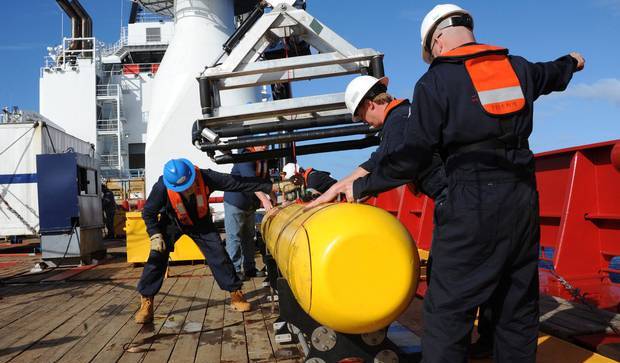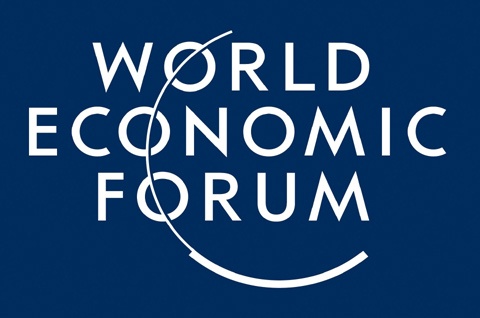Far from being a romantic dream, renewables are central to meeting the energy demands that the Fourth Industrial Revolution will bring.
Clean energy now accounts for more than half of all new energy supply, said Fatih Birol, Executive Director, International Energy Agency, Paris. The bulk of new installations – more than two-thirds – come from emerging countries, he added.
“To meet climate change and growth targets, around 40% of future energy supply must come from zero-emission technologies.”
Hiroaki Nakanishi, Chairman and Chief Executive Officer, Hitachi, Japan; Co-Chair of the World Economic Forum Annual Meeting 2016, said the challenge has moved from having more renewable energy to having better energy systems.
There are distributional challenges that come with the distance between generation sites of wind and solar energy and the load centres.
“A more systematic approach is required to integrate renewable energy sources into an overall smart grid,” he stressed.
“More renewable energy means more investments in electric grids to manage loads and demands,” outlined Ignacio Sánchez Galán, Chairman and Chief Executive Officer, Iberdrola, Spain.
“Over the next 25 years, energy demand will increase by more than 80% globally, he added. As such, huge investments are required across all energy technologies as well as electric grids and distribution systems. There is no silver-bullet solution.”
China will play a leading role in this transformation towards green and renewable energy, said Eric Xin Luo, Chief Executive Officer, Shunfeng International Clean Energy, People’s Republic of China.
“The country has set an ambitious target that 25% of all energy production comes from renewable sources,” he said.
In the meantime, China is already a leading exporter of clean energy technology – for instance, more than 60% of the world’s solar panels are manufactured in China.










